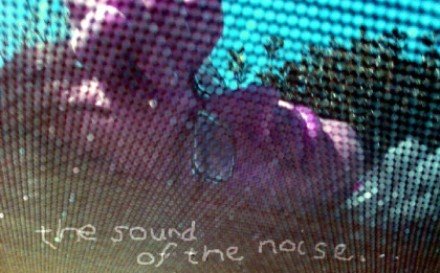What makes a good whodunit? At the least, strong characters, clues and a clever twist. But also: interesting psychology, defective personalities or madness and multiple points of view, an ominous danger at large, and something that challenges justice itself, provoking us to speculate on wider societal issues or ills or the very human heart itself.
On my recent holiday I finally got to read Batman: The Long Halloween, which provides all of these. Best of all, it has a final chapter that keeps its secrets until the very last pages, as well as managing to subvert not only Bruce Wayne's mindset and mission as the Batman, but also perhaps the way we imagine our lives to be: secure and incorruptible and wholesome, while we set up structures and people as idols we will follow at all costs.
This graphic novel, originally published as a 13-issue comic series in 1996-7, stands by itself, while using some of the characters from Frank Miller's amazing character-piece Batman: Year One, notably the mafia family of the Falcones (with shades of The Godfather). The story is set across a year with each chapter themed after a different holiday, like Valentines Day and Fathers Day and so on. At this point Bruce Wayne is growing into the Batman role and working more closely with the "dream team" Jim Gordon and Harvey Dent, who is the "Apollo" District Attorney and very much the last public light against corruption for Gotham (you remember him from The Dark Knight?). Imagine the public and private pressure setting in as Harvey must find a way to bring down the criminal families, while the Batman tries to solve an increasingly unstoppable series of murders while being led in all the wrong directions but some of his usual enemies: The Scarecrow, the Joker, Poison Ivy.
All of which ends up, I think, brilliantly, making the Batman into a valiant failure. How could he have let the murders keep happening, and why didn't he do more, sooner? Perhaps we should see it the other way: how could one man, limited by his own point of view and frustrated and distracted by his enemies, ever hope to redeem a city anyway? What does he have to lean on after all? The help of a few friends in Gotham? The hope of a better future? His brain, or being able to infiltrate and be there to stop crime at the right time? I think the way the ending comes about and the last words "I believe in Harvey Dent" mirror his own words "I believe in Gotham city" at the start show a world in crisis and a world where individuals act out of their own belief systems, at odds with each other. What a place of despair Gotham would really be - it's a bit like the repeated refrain of the book of Judges "everyone did as they saw fit" and great wickedness reigns because of it (17:6, 19:1, 21:25).
There's more going on here beneath the chaotic criminal goings-on and the beautifully dream-like noir-style of art (by Tim Sale, who drew art for and designed the look of TV series Heroes). This art adds to the whole by detailing the characters' expressions so we can believe in the characters feeling what they are doing - from the desperation of the crime-lords to the toughness of Jim Gordon. They only want to see things through...
For another good Batman story which acts as a whodunit, try Face the Face which is set much later, after Batman has been away from Gotham for a year. He comes back with perhaps a bit more humanity (which was cool to see) as he re-teams with Robin and tries again to work with Harvey Dent to uncover a murderer, but can he trust Harvey?

1 comment:
how old do you have to be to work at spirit halloween
Halloween Jokes for Kids
How much does spirit halloween pay
Halloween Jokes
Borderlands 3 Halloween Event
Kings Dominion Halloween
Halloween Background Images
Busch Gardens Halloween
Halloween Wallpapers
Tales of Halloween
College Halloween Costumes
Celebrity Halloween Costumes
Sexy Halloween Costumes for Women
Men Halloween Costumes
When is Halloween This Year
Sexy Plus Size Halloween Costumes
Batman The Long Halloween
Halloween Costume Ideas for Women
Disneyland Halloween Party
Disneyland Halloween Food
Cheap Halloween Decorations
Pottery Barn Kids
Spirit Halloween Jobs
Halloween 2019 Date
Family of 3 Halloween Costume Ideas
Newborn Halloween Costumes
Overwatch Halloween 2019
powerpuff halloween costumes
funny halloween costumes
mens halloween costumes
halloween nail ideas
infant halloween costumes
Maternity Halloween Costumes
halloween food ideas
toddler girl halloween costumes
halloween party ideas
2019 halloween costume ideas
women halloween costumes
Halloween trick or treat
Post a Comment